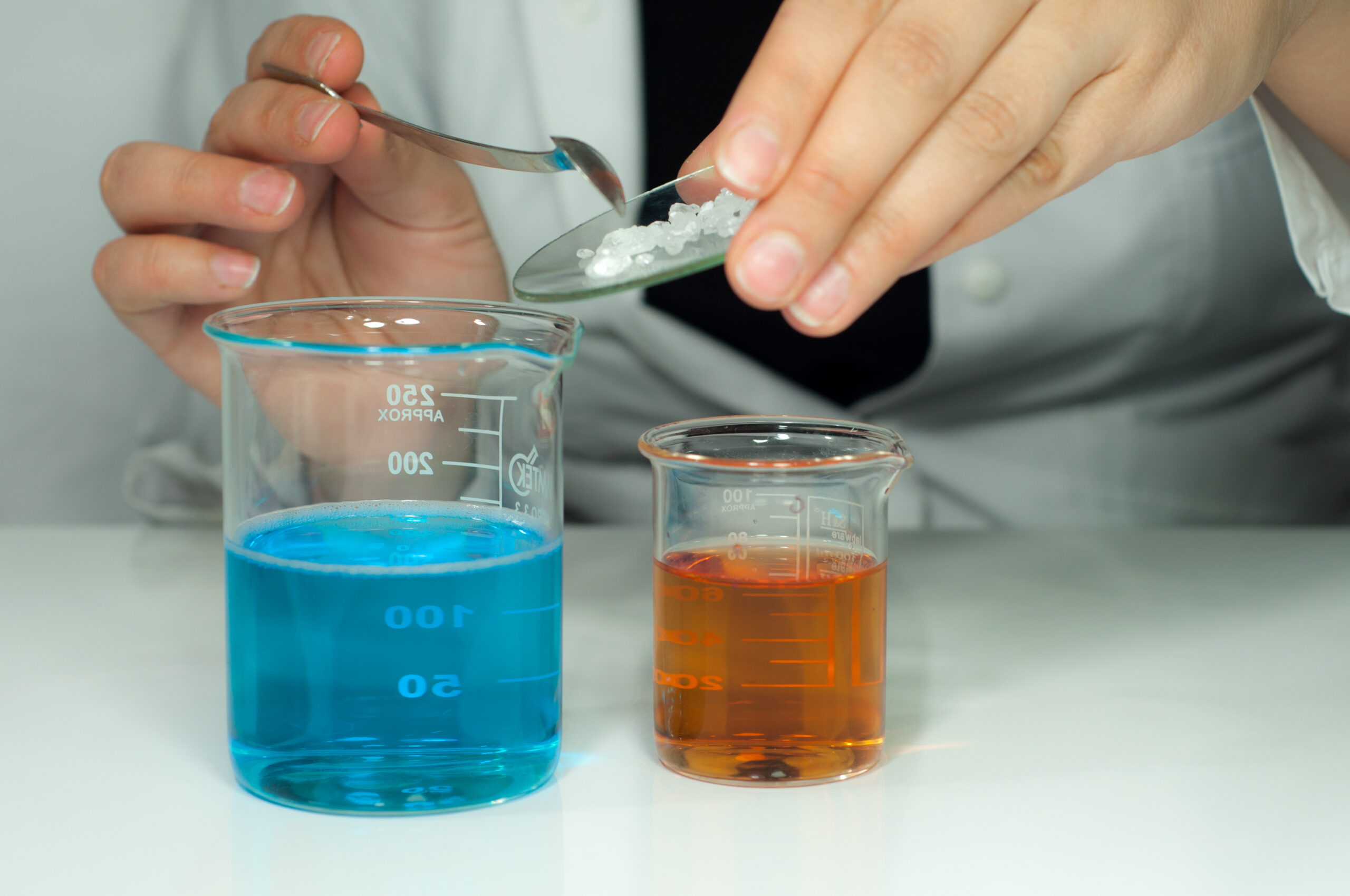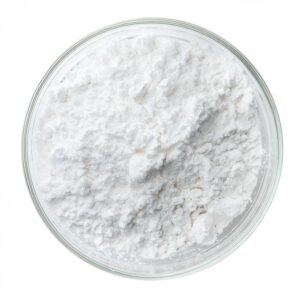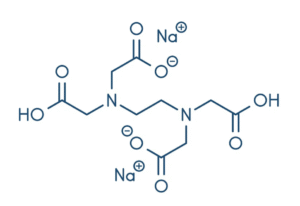
Disodium EDTA (Ethylenediaminetetraacetic Acid Disodium Salt) is widely recognized in pharmaceutical, cosmetic, and industrial applications as one of the most effective chelating agents available. Its ability to bind and neutralize metal ions makes it essential for enhancing product stability and safety.
In this blog, we’ll break down how Disodium EDTA works as a chelating agent, its primary applications, and why Chemignition Laboratory is a trusted global supplier.
What is a Chelating Agent?
A chelating agent is a compound that can form multiple bonds with a single metal ion. This process—known as chelation—binds metals such as calcium, magnesium, iron, or lead, rendering them inactive in chemical reactions.
Explore a leading manufacturer of APIs.
With over 10 years of expertise, we ensure GMP compliance and provide reliable, high-quality solutions.
How Does Disodium EDTA Chelate Metal Ions?
Disodium EDTA contains multiple carboxyl (-COOH) and amine (-NH2) groups that attach to metal ions at multiple points, forming a stable ring-like complex. This prevents the metal from participating in oxidation or degradation reactions in formulations.
For example:
In an injectable drug, trace amounts of iron could catalyze degradation of active ingredients. Disodium EDTA binds to this iron, neutralizing its effect and preserving the formulation’s integrity.
Key Applications of Disodium EDTA as a Chelating Agent
1. In Pharmaceuticals
- Prevents oxidation in injectables and eye drops
- Improves stability of vitamins and antibiotics
- Enhances solubility of poorly soluble drugs
2. In Cosmetics and Personal Care
- Prevents discoloration and rancidity in creams, lotions, and shampoos
- Stabilizes emulsions by binding metal traces in water
3. In Industrial Formulations
- Used in water treatment to bind heavy metals
- Helps in cleaning formulations for boiler systems and pipelines
Benefits of Using Disodium EDTA as a Chelator
- High metal binding capacity
- Works across wide pH range
- Compatible with multiple ingredients
- Improves shelf-life of formulations
- Cost-effective and safe at low concentrations
Chemignition Laboratory: Trusted Source for Disodium EDTA
At Chemignition Laboratory, we manufacture and export high-purity Disodium EDTA suitable for pharmaceutical, cosmetic, and industrial use.
🌐 Our key advantages:
- Available in IP/BP/USP/EP grades
- Export-ready documentation (COA, MSDS, etc.)
- GMP-certified manufacturing process
- Bulk and customized packaging available
Whether you’re developing a stable injectable or a high-performance shampoo, Chemignition provides chelating-grade EDTA with global reliability.
Final Thoughts
The chelating ability of Disodium EDTA makes it an irreplaceable ingredient across pharmaceutical and cosmetic industries. Its role in ensuring formulation integrity, safety, and shelf stability is unmatched.
For pharma-grade Disodium EDTA, trust Chemignition Laboratory—your global source for quality and compliance.
Contact us today for samples, COA, or bulk quotes.
FAQs
What does Disodium EDTA do as a chelating agent?
It binds with metal ions like calcium, iron, and magnesium, preventing them from interfering with chemical reactions or degrading formulations.
Is Disodium EDTA safe in formulations?
Yes, it’s safe at regulated levels and widely approved by USP, BP, and EP pharmacopeias.
Where is Disodium EDTA used as a chelator?
In injectables, eye drops, creams, shampoos, and industrial cleaners to enhance product stability.
Who supplies pharma-grade Disodium EDTA globally?
Chemignition Laboratory is a leading manufacturer and exporter of Disodium EDTA in USP/BP/IP/EP grades.
Can Disodium EDTA remove heavy metals?
Yes, it is highly effective in chelating heavy metals and is used in both water treatment and pharmaceutical detox agents.



